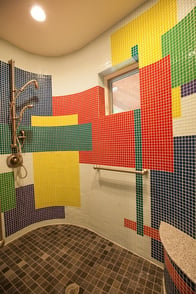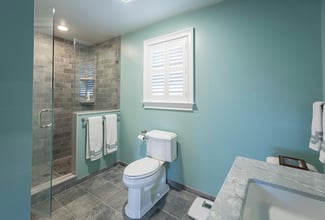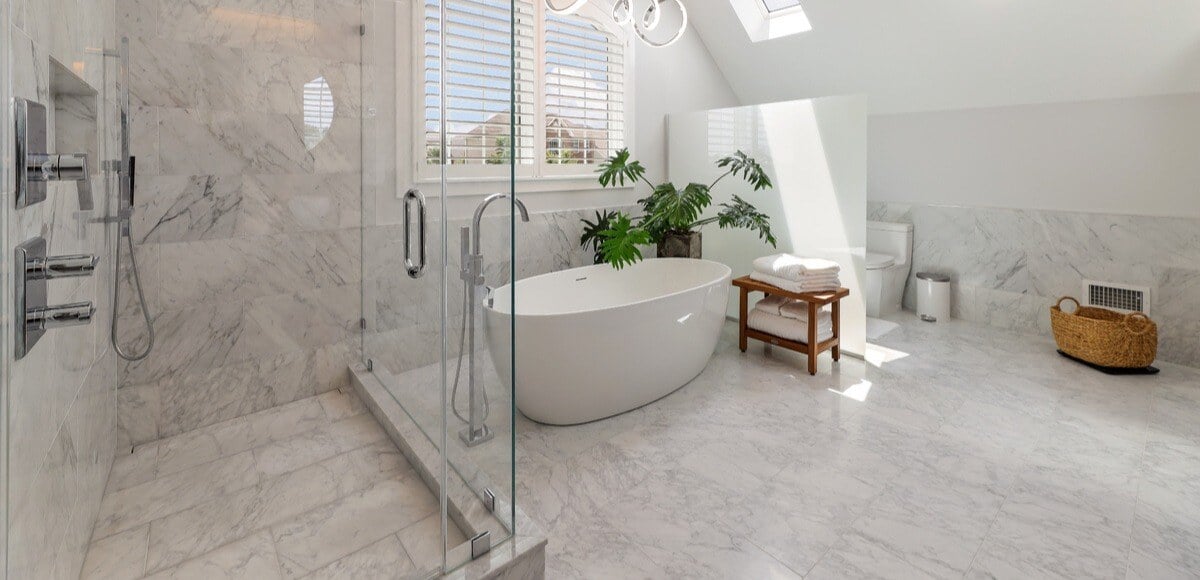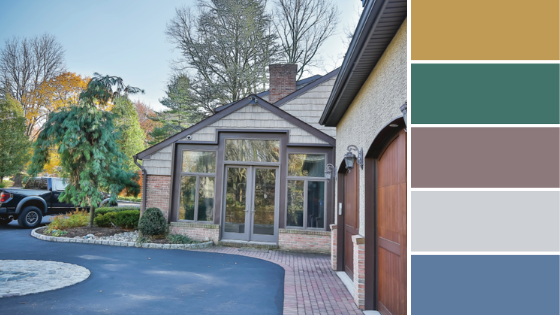Modern, traditional, shabby chic, minimalism… there are numerous home design styles and we know it can be confusing. Especially when designers are tossing around design terms left and right. Ahh! Don’t worry, we’ve got your back. If you’re looking to decorate your home or have an interior designer decorate it for you, you need to learn about the basic design styles, and decipher what you like and don’t like for your home
Common Design Styles for Your Home
 Modern
Modern
I think we all might know a little bit about “modern design” whether we know it or not. It’s most commonly recognized in kitchens with the long granite countertops, clean design lines and long/low furniture with small thin legs. Modern design is very popular right now, focusing on open floor plans and geometric patterns. It has neutral colors with small hints of brighter accents.
 Minimalist
Minimalist
The minimalist design style most closely resonates with the modern design theme. It is simplicity -- to the fullest extent. It represents a way of life in which, less is more. In this style, there is no clutter or unnecessary items on the countertops or in the space. Just the functional pieces that make the home flow beautifully. With minimalism, you have one to two neutral colors, usually black, white or grey.
 Mid-Century Modern
Mid-Century Modern
Mid-century modern comes from the mid-1900s between the 1950s and 60s. Yes, it has the word “modern” in it, and that’s usually where the confusion stems from. While mid-century modern has elements of minimalism and modern style, it encompasses natural or organic shapes rather than hard edges and straight lines. Also different, is the colors in mid-century modern. Rather than strictly black, gray and/or white, you will see wood floors as well as colors like brown, cream, gray and white mixed with hints of orange, red, blue and yellow.
 Contemporary
Contemporary
People will sometimes use contemporary and modern interchangeably, but the difference lies
 Eclectic
Eclectic
This style is quite unique, pairing different design eras, colors, and patterns together to create a complete look from top to bottom. While each piece looks so carefully chosen... (well, it probably is), it’s not as unattainable to emulate as you might think.
Traditional.jpg?width=415&height=276&name=collins%20(23).jpg)
Traditional design is the exact opposite of minimalism. Rather than straight lines and simplicity, you will see rounded objects everywhere mixed with crown molding, intricate design pieces
Industrial
When you think industrial, you think metal and exposed. One way we like to think about it is, if there’s no ceiling, it’s probably industrial-themed. (Or maybe it’s not a finished home… but I think you would know the difference). In industrial-styled houses, you will see old vintage trinkets and metal finishes along with antique lights, concrete floors,
Scandinavian
Like minimalism, modern and mid-century modern, Scandinavian is also in the same realm of home design styles. From a furniture standpoint, Scandinavian and mid-century modern are practically the same. What makes the difference is in the patterns and colors. Whereas mid-century favors the patterns and warm colors, Scandinavian stays with the paler colors and less bold patterns with occasional pops of color in yellows and pale greens. It also tends to stay predominately white with light wood flooring rather than the darker natural wood.
Shabby Chic
Shabby chic is more than often known as a feminine style, highlighting white floors, distressed furnishings
 Transitional
Transitional
Transitional mixes together traditional and modern or contemporary home design styles. It incorporates curvy finishes with light fabric patterns and texture, which is what sets it apart from modern and contemporary styles. What also sets it apart from modern is that it doesn’t have such an intense focus on small legs and geometric objects.
.jpg?width=276&height=414&name=collins%20kitchen%20(5).jpg) French Country
French Country
Three words: simple, elegant, rustic. French country has the innate ability to combine sophistication and class with rustic. Rather than the dark wood, this style enhances the wood with a rustic gray paint. To achieve french country you will want to have “lantern-style” pendants, elegant fabrics with ruffles and cuffs, and chairs with intricate curves and rounded edges. This style is much lighter and white compared to
Related: Home Design and Decor Trends on the Rise
Rustic
The difference between French country and rustic is quite simple. While French country is more sophisticated, the rustic style is more realistic in nature. You’ll see a higher use of reclaimed wood, stone walls and wooden flooring as well as a fireplace and natural elements. The rustic design theme has hand-built elements in the home and is what you think of when you hear “man cave”. It’s usually a darker theme, but can be the opposite as well if you use a yellow wood for the flooring, bring in more natural light and lighter color tones.
 Farmhouse
Farmhouse
Hollywood Glam
When you think of Hollywood glam, you should be thinking of bright lights, gold, modern and traditional elements. Instead of gold, you can also use silver features instead. The basic premise of Hollywood glam is having furniture with straight lines, using luxurious fabrics, and highlighting sparkly features like metallics, crystal, mirrors and dramatic lighting like chandeliers.
Coastal/Hamptons/Beach
Lots of words going on here… but this is most definitely one of the most recognizable design themes, consisting of beach elements, wood, wicker baskets, and the color blue. The coastal theme is soothing, comfortable, light and breezy, making you feel like you’re living in paradise (even if you’re not).
Did you figure out your favorite home design style?
We went over A LOT, and I’m sure it can be overwhelming. But if you don’t necessarily like one of these styles, you can almost mix and match different styles to create your own. We know people who have liked a mix between Hollywood glam and mid-century modern, creating a rustic, stylish, yet glamorous home. Hopefully, by going over the differences and similarities between the design styles, this helps you in the process of redecorating or remodeling your home.
We are a design-build firm.
Regardless of your favorite style, our team is well-equipped to help make your vision a reality! Check out what it means to be a design-build firm and how we can help make your home improvement project a major improvement to your forever home. Learn more about design-build firms here.




